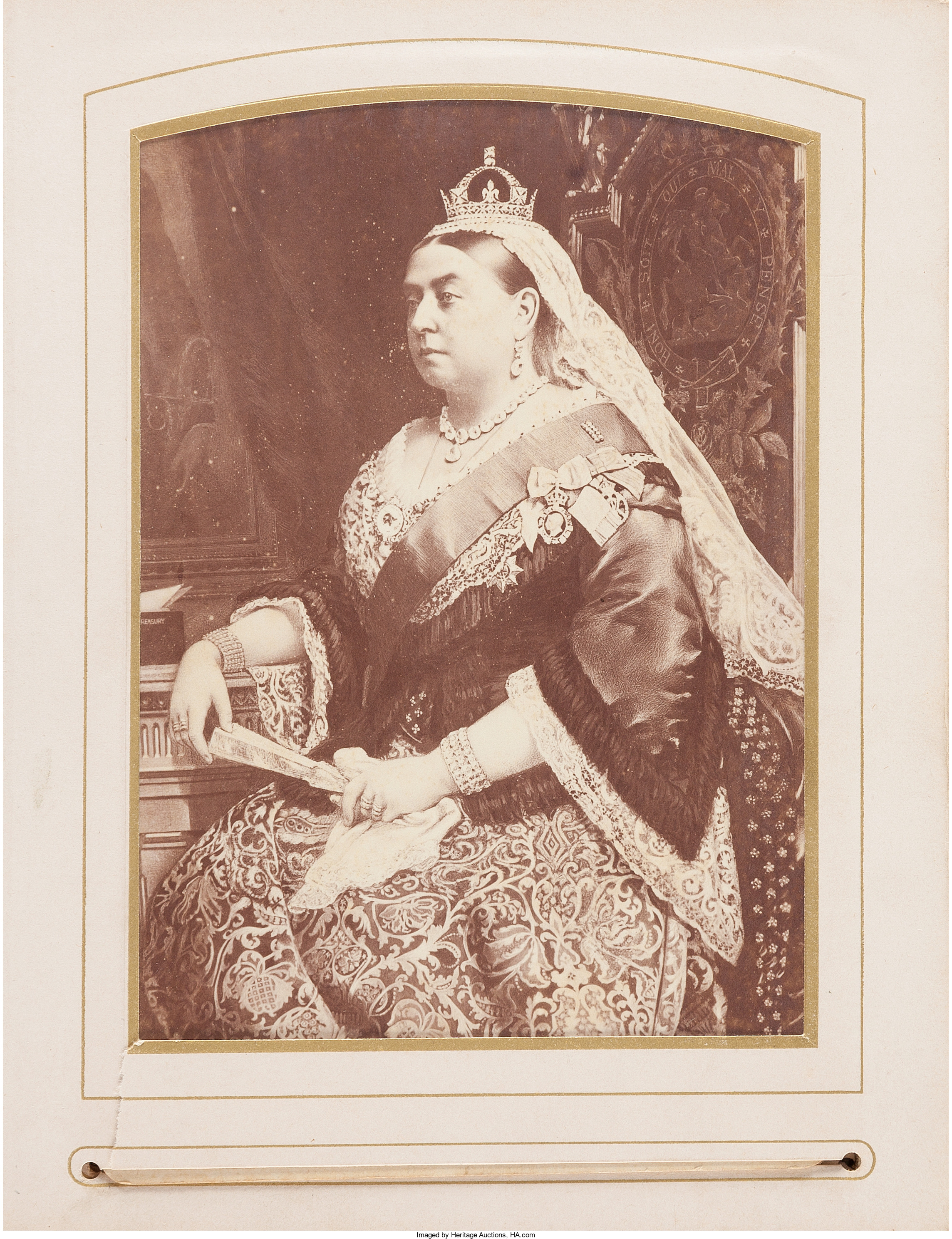
By Jim O’Neal
In an era known for great leaps in innovation and industrialization, Mark Twain opined, “She will witness more things invented than any other monarch that ever lived!”
There is no easy way to quantify this observation and no practical value in affirming or refuting its veracity. One only has the luxury of taking a pragmatic assessment of this historical epoch, compounded by the astonishing longevity of her reign as Queen of England (surpassed by Elizabeth II in October 2016).
Christened Alexandrina Victoria, Queen Victoria (1819-1901) was the first British monarch to be photographed, but what we remember is the figure of a monarch in profile: short and heavy. Accident and tragedy put her on the throne soon after her 18th birthday in 1837 and there she stayed for 63 years and seven months until her death following a series of strokes.
Married in February 1840 to first cousin Prince Albert of Saxe-Coburg-Gotha (Germany), the queen’s power began to erode slowly with an ultimate role reversal. Over the course of their 21-year marriage, Albert became ensconced in the world of governance, while Victoria receded to the domestic realm. Albert was loyal, but he was a diligent misogynist who believed that ruling was a male prerogative.
Queen Victoria was pregnant for a total of 80 months, giving birth to nine children, all attaining adulthood, over a 17-year period. After the ninth child, the royal physicians advised that – at almost 38 years old – this should be the last one. She quickly responded, “Can I have no more fun in bed?” She was a woman who shocked with her candid approach to pregnancy and did nothing to hide her obvious sexual appetite. This is clearly not the prudish queen of history books who lent her name to an entire era known for the repression of emotional and sexual feelings.
A pure iconoclast, she was emotional, demonstrative, sexual and driven. She loved to dance and was fervently opposed to animal cruelty. She gamely survived eight assassination attempts. She was wildly in love with Prince Albert and suffered a bottomless grief at his early death in 1861 – a full 40 years before her own passing. It is commonly believed that after his death, she withdrew from public life, essentially abdicating her responsibilities. Actually, she used the stereotype of her sex to advantage … claiming nervous weakness while ruthlessly micromanaging her political cabinet, often sending them hourly orders.
This apparent dichotomy was fostered, since her historical image was curated by those closest to her. Daughter Beatrice transcribed her mother’s journals. She edited out everything that reflected poorly on her, and then burned the originals in what has been described as “the greatest act of censorship in history.” Yet today, the keepers of the physical details of Victoria’s death prefer they not be published. That the queen lived with a painful prolapsed uterus for decades is a secret that was meticulously concealed.
In a similar manner, her family tried to erase all evidence that she cared deeply for any of the other men in her long life, except for her adored Prince Albert. Victoria’s sanitized, puritanical mythology was a creative act of fiction, intended to illuminate the woman those around her wanted her to be.
Girls just want to have fun.
 Intelligent Collector blogger JIM O’NEAL is an avid collector and history buff. He is president and CEO of Frito-Lay International [retired] and earlier served as chair and CEO of PepsiCo Restaurants International [KFC Pizza Hut and Taco Bell].
Intelligent Collector blogger JIM O’NEAL is an avid collector and history buff. He is president and CEO of Frito-Lay International [retired] and earlier served as chair and CEO of PepsiCo Restaurants International [KFC Pizza Hut and Taco Bell].
